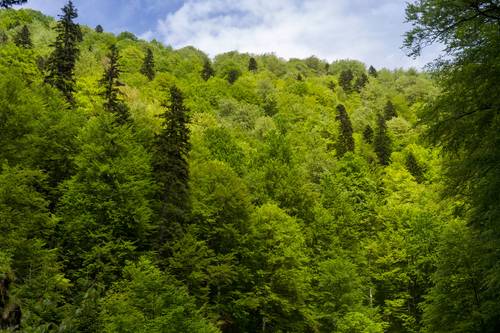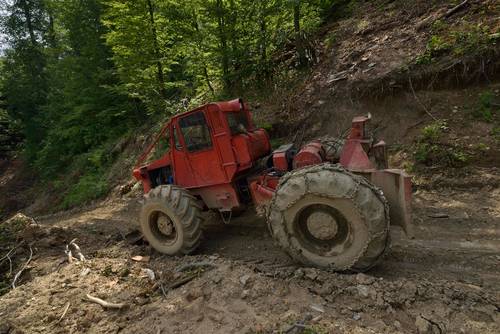The PRIMOFARO study: an assessment of Romania’s precious primary and old growth forests. A statement by EuroNatur foundation.
Some of the largest and most significant remaining tracts of the EU’s primary and old-growth forests are found in Romania. Many still exist because they are found in relatively inaccessible locations and have thus far avoided the impacts of human hands and modern development. These forests deserve strict protection on grounds of solid scientific data. Such forests are rare in the European Union, but they still do persist.
A contemporary debate is taking place in the EU that recognises the importance of non-intervention protection of intact natural ecosystems and is seeking consensus on targets for such protection. The Convention of Biological Diversity (CBD), in its post-2020 Global Biodiversity Framework draft report is proposing strict non-intervention protection of 10% of the world’s land surface in the next decade. Romania has the unique potential to achieve this by actually protecting places that to this day maintain a continuum of intact natural values that have existed for many hundreds, if not thousands of years – its most intact primary and old-growth forests.
It follows that to do this, the location of these forests need to be comprehensively understood. For decades, debate over the existence, amount and location of Romania’s intact forests has raged. However, an ecologically informed scientific consensus has not yet been reached. One reason for this is that the thing that is being attempted to be measured is a moving target – Romania’s close to nature forests are being logged and degraded at a rapid rate, and the ability to reach this consensus is constrained as no national logging moratorium in contentious forest areas has ever been enacted. This must change.
Given this context, the PRIMOFARO study, published by EuroNatur in 2019, is a contemporary attempt to gain a snapshot of forests that have the greatest potential as primary and old growth forests. It identifies forests that potentially indicate a high level of naturalness in comparison to forests that have been relatively recently logged, degraded or managed. Expanding beyond the restrictive and ecologically compromised current Romanian definition of “virgin forests”, the PRIMOFARO study holistically assesses Romania’s forests from the perspective of biodiversity conservation commitments, including the CBD, the IUCN and the EU’s Nature Directives.
Limitations of the study, which are based on visual analysis of aerial photographs with a corresponding error rate, are described transparently in the report, and the study explicitly invites further ecological verification of its inventory.
The PRIMOFARO study, in recognition of national and international climate and biodiversity commitments, offers policy and decision makers a tool to assess and deliver on these commitments.
At EuroNatur, we and our supporters are proud of our ongoing commitment to the conservation of Romania’s magnificent forests. As such, we urge the Romanian government to take the following steps to ensure these forests are forever protected:
- Ensure that government intervention, discourse and participation in the forest discussion in Romania is scientifically based, transparent and accountable
- Immediately place a moratorium on all potential primary and old growth forests, including those forests identified in PRIMOFARO, and other scientific studies
- Resource and facilitate a scientific verification of the conservation and environmental values of these forests in relation to national and international biodiversity and climate targets, goals and commitments
- Increase the size of existing protected areas to incorporate all primary and old growth forests and ensure strict protection of these forests


